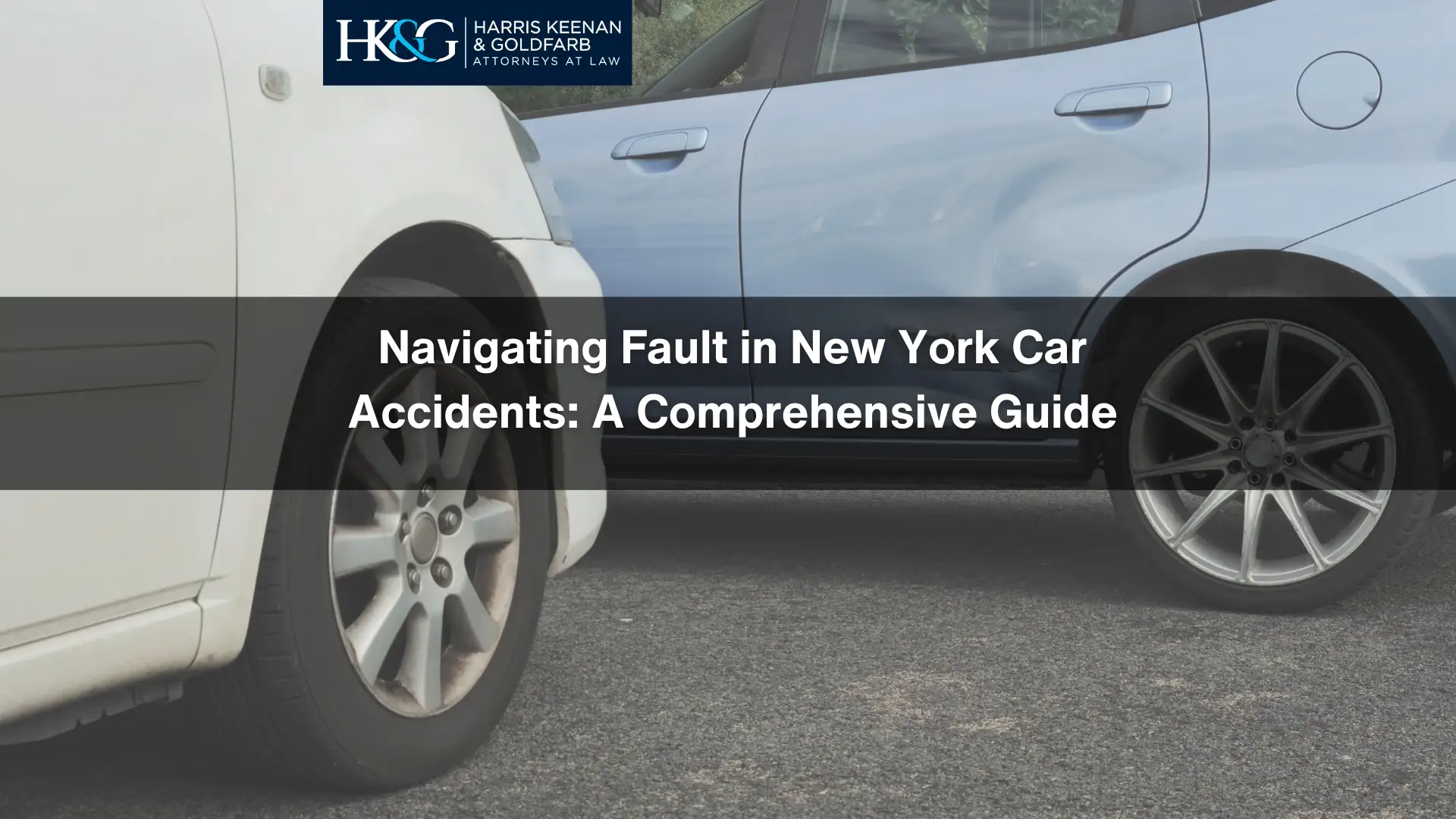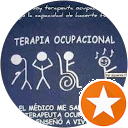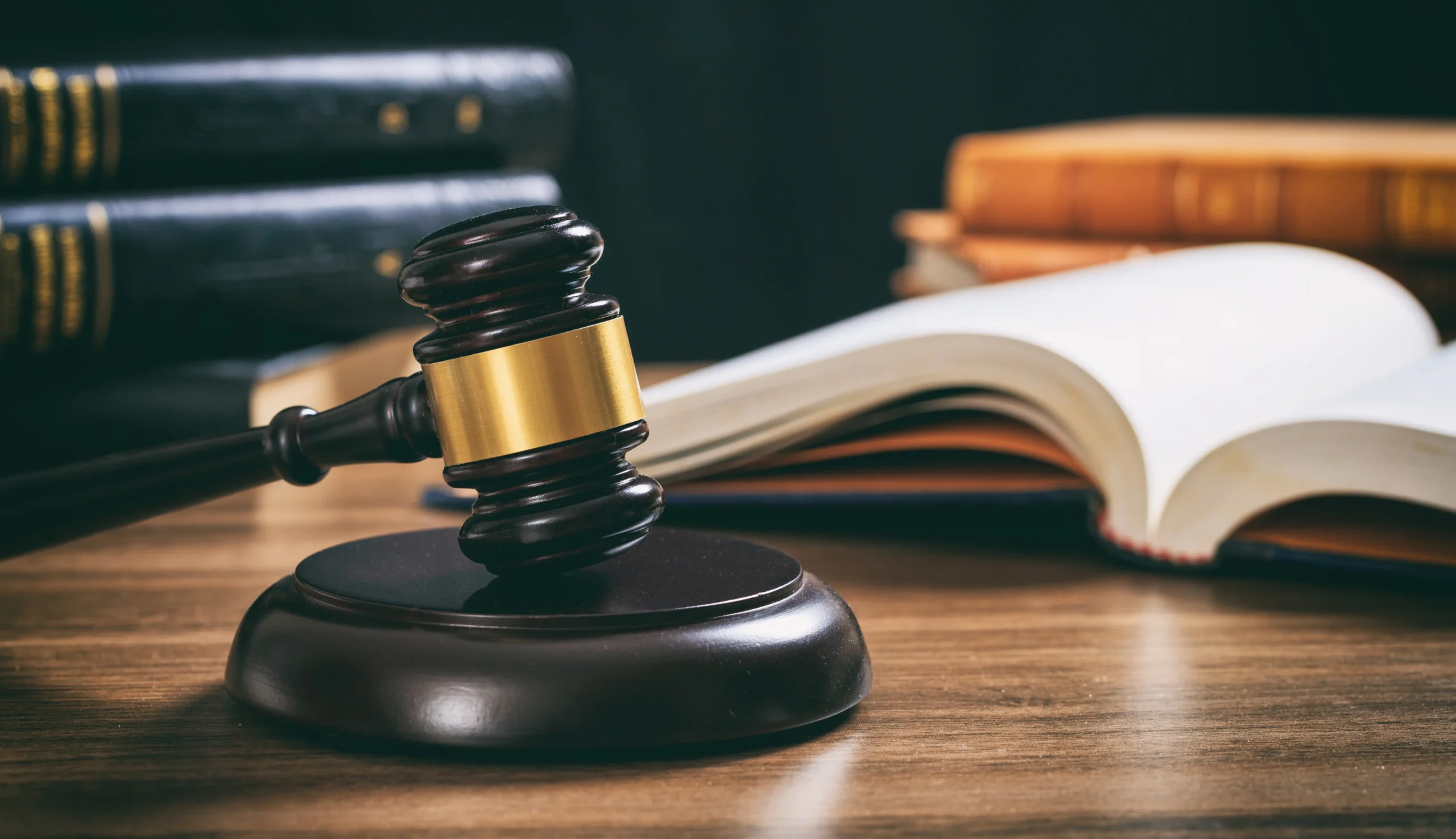A Brooklyn jury awarded Mr. Vargas $17.5 million for the City of New York’s violation of his civil rights for failing to provide him medical care while in custody. The jury found that the police officers involved failed to provide the necessary medical treatment and awarded $17.5 million to Mr. Vargas.
Recommended Articles
Categories
- Accidents
- After an Accident
- Compensation
- Firm News
- Insurance Claims
- Lawsuits
- New York Car Accident Resources
- New York Medical Malpractice Resources
- New York Motorcycle Accident Resources
- New York Nursing Home Injury & Abuse Resources
- New York Truck Accident Resources
- Personal Injury
- Workplace Injury
Practice Areas
Get A Free Case Evaluation
A Guide To Navigating Fault In New York Car Accidents

After sustaining injuries in a New York car accident that someone else caused, you might feel overwhelmed by the prospect of dealing with insurance companies and legal hurdles. Unfortunately, you can’t ignore these tasks, as establishing fault is a critical step in asserting your rights and securing fair compensation. The good news is that the team at Harris, Keenan & Goldfarb can navigate these challenges with you. The guide explains everything you need to know about determining fault after a car accident in New York, why it’s so important, and how we can help.
What Does “Fault” Mean in a New York Car Accident Claim?
Before going any further, it’s worth taking a moment to explain what we mean when we talk about “fault” in a car accident claim. In a New York car accident claim, “fault” is all about figuring out who caused the accident. This matters because the person who was at fault is usually responsible for covering some of the expenses—like medical bills or car repairs—of those they hurt. (The New York no-fault insurance system can complicate this process, but we’ll get to that shortly.)
Why Does Fault Matter When New York Has No-Fault Auto Insurance?
New York is one of a handful of states that uses a “no-fault” auto insurance system for accidents. Under state law, all New York auto insurance policies must include $50,000 per person in Personal Injury Protection (PIP) coverage. This coverage is available to the policyholder driver and their passengers, regardless of who caused a crash, which helps injured drivers meet their immediate medical and financial needs.
While $50,000 in no-fault coverage sounds like a lot in theory, in practice, it’s often not enough to cover an injured driver’s needs. For example, PIP coverage only covers up to 80 percent of your lost wages after a crash, and even then, only up to $2,000 a month. Additionally, medical bills after a severe car accident can quickly exceed $50,000, leaving drivers without the means to pay these expenses.
Working Around the No-Fault Insurance System in New York
Fortunately, injured drivers whose losses exceed $50,000 still have options to recover additional compensation. If your medical bills exceed your no-fault coverage or you meet the serious injury threshold in New York car accidents, you can step outside the no-fault system and file a personal injury claim against the other driver (or another party who caused the crash). State law defines “serious injuries” as:
- Broken bones
- Permanent loss of a bodily organ, member, system, or function
- Severe disfigurement
- Dismemberment
- Any injury preventing you from performing your typical daily activities for 90 days during the first 180 days after the crash
While you can step outside the no-fault system in New York under some circumstances, doing so requires you to prove that the other driver caused the crash. This factor is another reason why fault plays a crucial role in New York car accident claims.
How Can I Pay My Medical Bills Before I Receive My Insurance Money?
How to Recover Damages If Partially at Fault in New York
While many car accidents involve one party who bears sole responsibility for the crash, that’s not always the case. When both drivers played a role in causing a crash, comparative negligence comes into play. Comparative negligence laws in New York provide that if both drivers contributed to the crash, fault is divided according to each driver’s portion of responsibility. For example, if an insurer or court decides one driver’s percentage of fault for a crash is 25 percent, that driver would be entitled to only 75 percent of their compensable losses to account for their role in causing the accident.
How to Prove Fault in a New York Car Accident Case

Strong evidence is the backbone of a car accident claim, as it helps to establish who caused the accident. Here are some common types of evidence used in these cases:
- Police Reports: These documents provide an official account of the accident, including any violations of law that may indicate who was at fault.
- Witness Statements: People who saw the accident can offer valuable insights into what happened, supporting your version of events.
- Photos and Videos: Images from the scene can show details like road conditions, vehicle positions, and damage, offering visual proof of the accident’s impact.
- Medical Records: These records link your injuries directly to the accident, underscoring the consequences of the other party’s actions.
- Expert Testimony: Specialists in fields like accident reconstruction can provide professional opinions on how and why the accident occurred.
- Traffic Camera Footage: Video from nearby traffic cameras can capture the accident as it happened, providing unbiased evidence.
Contact Our NYC Car Accident Attorneys for Help Proving Your Case
At Harris, Keenan & Goldfarb, our New York car accident lawyers have the experience and resources to meticulously collect the proof you need for your case. We know where to look and what to ask for, ensuring no valuable piece of evidence is overlooked. With our help, you can build a strong case that clearly demonstrates fault, paving the way for the justice and compensation you need to move forward. Call us today at 800-PAIN-LAW or reach out online for a free consultation.
Related Posts:
Over $500 Million in Verdicts and Settlements
Our track record showcases over $500 million won for our clients. Each victory underlines our commitment to justice and client care. Explore our impact, case by case.
What Our Clients Say About Us

Thank you so much for recovering my injury case from 9 years ago that was dead in the water since the company went bankrupt and there was nothing else to do. Miraculously, you resurrected my case and was able to get a settlement which completed for me the horrific accident and the suffering I endured because of it. HK&G makes miracles happen by getting the job done and seeing that justice is served. Thank you so much.
Susan C.
Jason Steinberg is a great lawyer Donna and Terry were always very professional and kind I will always highly suggest this law firm and team to anyone out their. Thank you again to everyone at this incredible Firm!!!
They got me Justice, and achieved a substantial outcome for my case.
I am very impressed, and thankful for their outstanding performance on my behalf.
I am very pleased, and significantly satisfied with their representation.
‐-
Sherylon Wilkins
6 years ago I had a slip and fall accident at my employers place of business. I reached out to them because I knew that I was being wrongfully treated. They took care of the case, restored my self confidence, and brought so much peace to my problem riddled life.
I can recommend without a shadow of a doubt the services of Harris, Keenan & Goldfarb to anyone who is in need of someone who will have your back!
Frequently Asked Questions
Common questions that prospective clients have about personal injury claims include:
Do I need an attorney?
When you have suffered an injury, it can be difficult to know what to do next. If the injury was caused by someone else’s negligence, you may be entitled to compensation. However, filing a personal injury claim can be a complex and time-consuming process. An experienced attorney can help you navigate the legal system and fight for the maximum possible compensation.
How do I know I have a case?
When should I contact an attorney?
How do I determine which one to choose?
Once I hire an attorney, what should I expect?
Recent News
Find out how to move forward after an unexpected event with our short, helpful articles. We share simple advice that can make a big difference in tough times.
Contact Us
Monday - Friday: 9am - 6pm









































